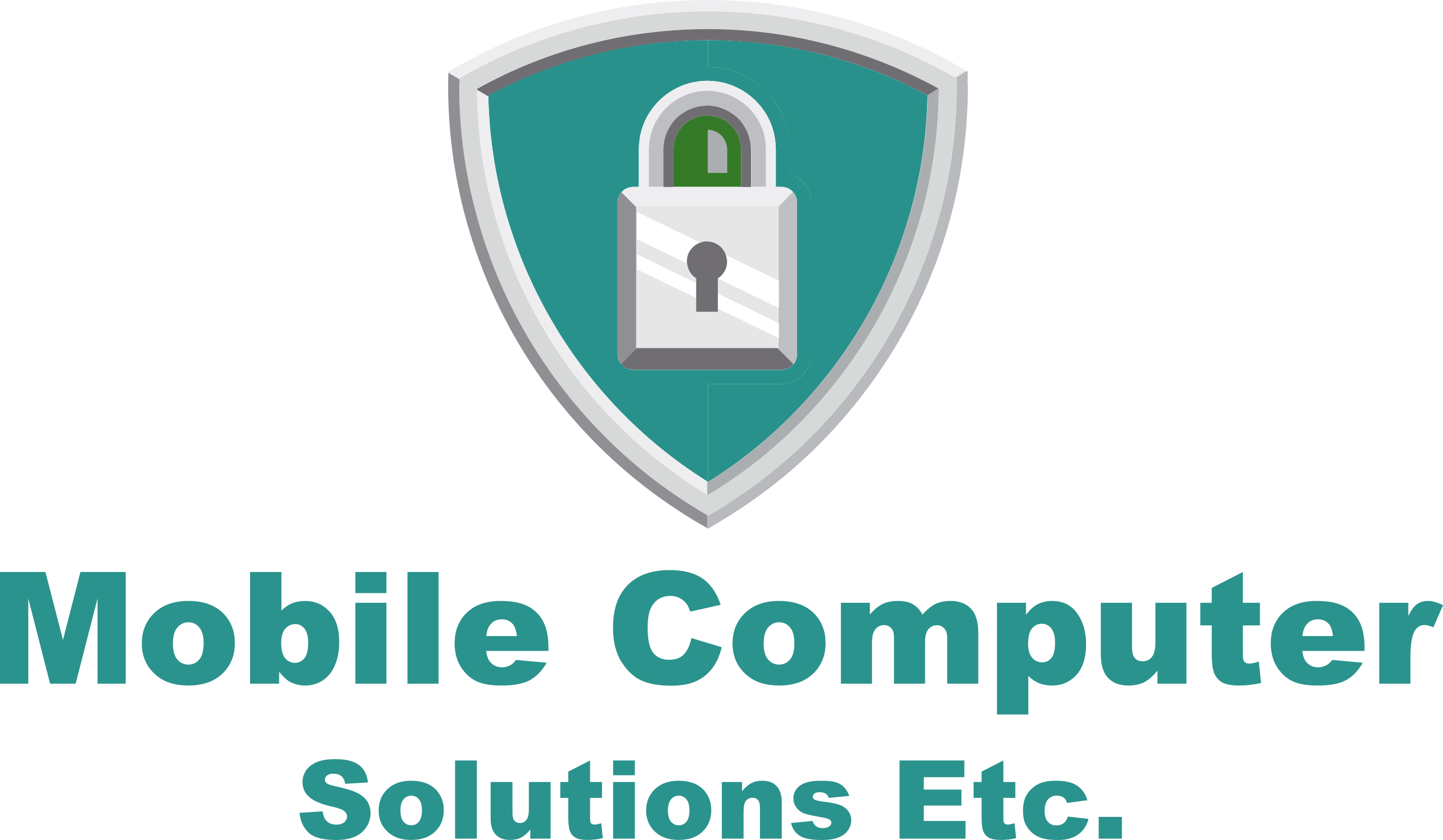In an era where digital communication dominates every aspect of business, email remains the backbone of professional interactions. However, its widespread use also makes it a prime target for cybercriminals seeking to exploit vulnerabilities for financial gain, corporate espionage, or data theft. A single breach can lead to catastrophic consequences, including financial losses, reputational damage, and regulatory penalties.
To safeguard sensitive business data, our experts at Mobile Computer Solutions Etc., can help organizations adopt robust email security measures that go beyond basic protections. Here, we outline seven essential secure email practices that every modern business should implement to minimize risks and fortify communication channels.
1. Enforce Strong Password Policies
A strong password serves as the first line of defense against unauthorized access. Unfortunately, many employees still rely on weak, easily guessable passwords, making them an easy target for brute-force attacks.
To ensure optimal security:
- Require passwords to be at least 12-16 characters long and include uppercase and lowercase letters, numbers, and special symbols.
- Prohibit the use of easily guessable information such as birthdays, company names, or common phrases.
- Enforce password uniqueness across accounts to prevent credential-stuffing attacks.
Implement mandatory password expiration policies, requiring employees to update passwords every 60-90 days. - Encourage the use of password managers to store and generate strong passwords securely.
A strong password policy significantly reduces the risk of email account compromise and is an essential component of a comprehensive cybersecurity strategy.
2. Implement Multi-Factor Authentication (MFA)
Multi-Factor Authentication (MFA) adds a critical layer of security by requiring users to verify their identity through multiple means before gaining access to their email accounts. Even if hackers obtain login credentials, MFA acts as a powerful deterrent against unauthorized access.
Businesses should consider:
- Using app-based authenticators like Google Authenticator or Microsoft Authenticator instead of SMS-based authentication, which can be vulnerable to SIM-swapping attacks.
- Implementing biometric authentication, such as fingerprint or facial recognition, for an additional layer of security.
- Requiring adaptive MFA, which triggers additional verification based on unusual login behavior, such as access attempts from unknown devices or locations.
Enforcing MFA across all business email accounts drastically reduces the risk of unauthorized access, safeguarding critical business communications.
3. Regularly Update Software and Email Security Patches
Cybercriminals often exploit vulnerabilities in outdated software to gain access to email systems. Keeping all email-related applications up to date is a non-negotiable security practice.
- Enable automatic updates for email clients, operating systems, and security software.
- Regularly review and patch vulnerabilities in email servers, firewalls, and spam filters.
- Remove legacy email protocols (e.g., POP3, IMAP without SSL) that pose security risks.
- Conduct penetration testing and vulnerability assessments to detect weak points before attackers do.
By ensuring that all software is up-to-date, businesses eliminate known security flaws, closing doors that cybercriminals could exploit.
4. Conduct Comprehensive Employee Security Training
No matter how sophisticated your security measures are, human error remains one of the biggest cybersecurity risks. Phishing attacks, in particular, continue to be a top vector for data breaches, relying on employees to unwittingly open malicious attachments or click on fraudulent links.
To build a security-conscious workforce:
- Provide regular cybersecurity training covering phishing detection, social engineering tactics, and safe email practices.
- Conduct simulated phishing attacks to test employees and reinforce security awareness.
- Encourage a zero-trust approach, where employees verify before trusting unexpected email requests.
By educating employees on secure email practices, businesses can significantly reduce the risk of human-related security breaches.
5. Encrypt Emails for Enhanced Privacy and Security
Email encryption ensures that sensitive data remains protected during transmission and prevents unauthorized parties from intercepting confidential information. Without encryption, emails can be easily read if intercepted.
Organizations should implement:
- Transport Layer Security (TLS): Encrypts email communications in transit to prevent interception.
- End-to-End Encryption (E2EE): Ensures that only the sender and recipient can decrypt the message. Popular options include PGP (Pretty Good Privacy) and S/MIME (Secure/Multipurpose Internet Mail Extensions).
- Secure file-sharing alternatives: Instead of sending sensitive attachments via email, use encrypted file-sharing platforms.
Encrypting emails prevents data leaks and ensures confidentiality, keeping communications safe from prying eyes.
6. Restrict Email Forwarding and Auto-Forwarding Rules
Unrestricted email forwarding can lead to unintended data leaks, where sensitive company information is sent outside the organization. Hackers often exploit auto-forwarding rules to siphon off confidential emails without detection.
To mitigate risks:
- Disable auto-forwarding for external email addresses unless explicitly approved.
- Set up Data Loss Prevention (DLP) rules to prevent the forwarding of sensitive emails.
- Monitor email activity logs to detect unauthorized forwarding attempts.
By controlling email forwarding, businesses maintain better control over sensitive information and minimize the risk of data exposure.
7. Continuously Monitor and Audit Email Activity
Proactive monitoring and auditing of email activity help detect suspicious behavior before it escalates into a full-blown breach. A strong email security strategy includes real-time alerts, logs, and compliance checks to ensure threats are identified and mitigated promptly.
- Implement email security monitoring tools to detect anomalies, such as unusual login locations or multiple failed login attempts.
- Set up audit logs to track access, forwarding rules, and email data movement.
- Use AI-driven threat detection to identify patterns indicative of phishing, malware, or unauthorized data exfiltration.
Regular audits ensure compliance with data protection regulations and provide insights into potential vulnerabilities.
Why Secure Email Practices Are Essential for Every Business
Email security is not just an IT concern—it is a business-critical necessity. As cyber threats evolve, organizations must take a proactive stance in securing their email communications to prevent data breaches, protect sensitive information, and maintain customer trust.
By implementing these seven best practices, businesses can:
- Prevent unauthorized access to email accounts.
- Reduce the likelihood of phishing attacks and malware infiltration.
- Protect sensitive business data from leaks and cyber espionage.
- Maintain compliance with industry security standards.
Now is the time to strengthen your email security. Don’t wait until an attack happens—implement these measures today to safeguard your business communications for the future. Contact Mobile Computer Solutions Etc. now through our form or call 603-362-5775 for expert cybersecurity services and proactive protection.


